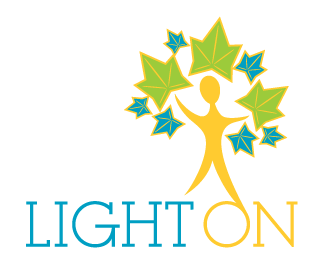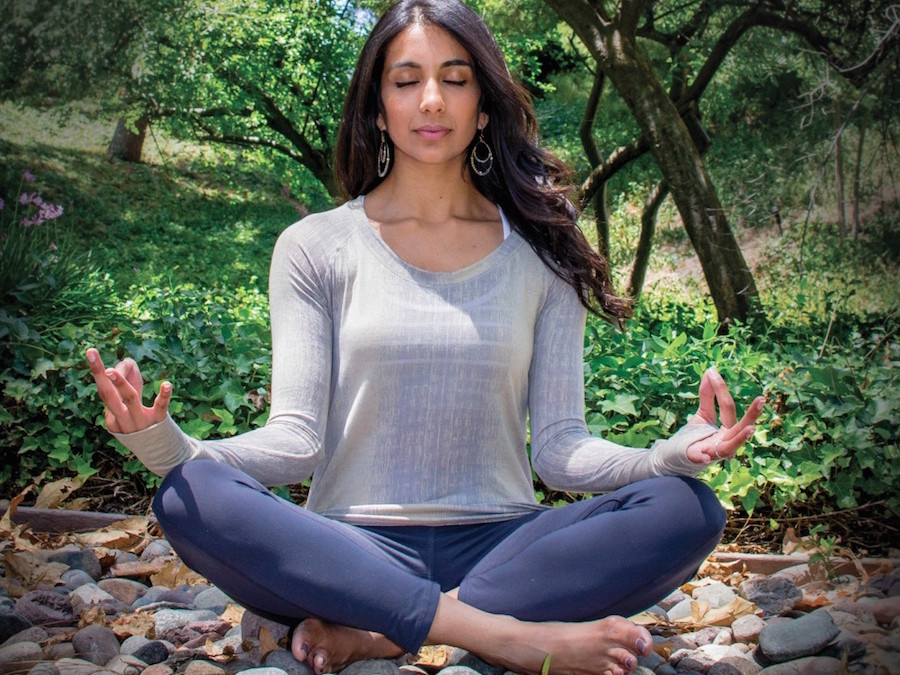This is a great interview with Zabie Khorakiwala who developed Transcending Sexual Violence through Yoga as a fusion of yoga and her passion for working with sexual trauma survivors. Zabie is dedicated to providing tangible way to heal for survivors of sexual trauma, and yoga is an ideal way to find peace of mind and decrease anxiety by focusing on regaining control of the body.
What originally motivated you to do this work and what continues to motivate you?
As a survivor of trauma, I learned that talk therapy as the sole means of healing does not necessarily work for everyone. At times I felt overwhelmed and suffocated in my own body because my sense of safety was challenged as a result of the assault. Yoga helped me cope; it allowed everything in life to become more manageable. Pranayama — also known as breath control — provided much healing for me because as I confronted painful experiences and memories with every inhale, with every exhale I learned to let them go. I was motivated and inspired to share the gift of yoga with other survivors who were in need of additional support through their healing process.
Is there a standout moment from your work with survivors of sexual violence?
There is one distinct moment during a class whose theme was “trust.” The students were sitting in a comfortable seated position with their eyes closed. My instruction went something like this: “If you would like, please rub your palms together to create heat through the movement of your hands. As you are ready, please place your hands over your heart to feel the heat radiating throughout your entire body. Try turning the volume of your heart up and the volume of your thoughts down.” The strongest emphasis was on choices and trust of self. I remember gazing around the room and watching the genuine and authentic smiles of the students. I could literally see and feel the light radiating from each and every one of them. It was a powerful experience; I would even call it spiritual, and certainly a moment I will never forget.
What were some of the assumptions you had about this population and how, if at all, have those assumptions changed?
I knew that developing yoga sequences, writing a healing curriculum, and providing support to a group of survivors who had all experienced sexual trauma could be a challenging experience. Initially, I assumed that many of the survivors would want the program to be an individualized and internal process, primarily focused on their own healing. What I learned is that the group dynamic became one of the strongest components of the program. The students had a common thread that bound them together, and they continued to provide unconditional support to each other even after the completion of the program. There is something remarkable about the yoga practice of people who have all overcome significant trauma in their life.
What are two distinct ways that your teaching style differs from the way you might teach in a studio, and what are the reasons for these differences?
Two distinct differences in survivor-focused classes are 1) pace and 2) the intentionality of the language I use, with specific emphasis on choices. This is different from how I teach yoga classes at CrossFit, because it is important that trauma survivors can actually feel themselves regaining control of their body and their space. I refrain from cueing poses that could potentially be triggering. I tend to utilize more restorative and grounding poses, with particular emphasis on breath. In each class I emphasize safety and strength to ensure students know they are in a space where they can exercise their choices and challenge themselves to new levels.
What has been the greatest challenge in your teaching experience and what tools have you developed for addressing that challenge?
I tied my classes to the teachings in Bija Bennett’s book Emotional Yoga, which provides a wealth of information and specific exercises to practice mindfulness, breath, self-care, and yoga on a daily basis. However, no matter how much these teachings were embedded into the program, it is essential to provide students with resources and referrals if they want or need to process trauma that feels stuck in their body. What I found is that yoga provided a strong starting point that allowed students to feel open and supported, and eventually prepared them to seek other resources such as counseling, speaking with police to report what had happened to them, or seek medical services. In the future, I plan to have a session with survivors that focuses on action steps they can take after they complete the yoga program, including where they can continue taking trauma-sensitive yoga classes.
What advice would you give to anyone who is going to teach in the population that you work with?
It is helpful to tie themes of classes to the specific needs of survivors of sexual trauma. For example, one of the biggest challenges is that many of them feel unsafe in their own body. Dr. Bessel A. Van Der Kolk explains it as the body becoming a container of “dread and horror.” It is important for teachers to envision creating a space where survivors can focus on cultivating a loving relationship with their own body. Beginning the series of classes with a theme of safety can set a strong precedent for the reflective journey that survivors will be embarking on. Collaborate with a counselor or advocate who can help survivors process what might be happening in their bodies. You can’t do it alone; you need support too.
What are some of your ideas about or hopes for the future of “service yoga” in America in the next decade?
My hope is that yogis will share this gift with special populations all around the world. I have had people approach me about providing specialized yoga classes for individuals living at a homeless shelter, for people recovering from addiction, and for autistic children. I deeply believe that yoga has the ability to unwind and untangle the negativity and stress in the world, and allow people to take tangible steps forward with greater clarity, strength, balance, and purpose.
How has this work changed your definition of service? Your definition of yoga? Your practice?
Giving the gift of yoga to survivors of sexual trauma has been a transformational process. My definition of service has become guiding others toward finding their emotional resilience. At one point in my life, I was only concerned with the physical benefits of my yoga practice. My intention for my practice has now shifted to become so much more meaningful. I literally bring consciousness to the emotional current that moves through my body. It has helped me feel connected to myself, my loved ones, and to those I serve.
via Yoga: Helping Survivors of Sexual Trauma to Heal | Huffington Post.

